Yoga practice for better sleep
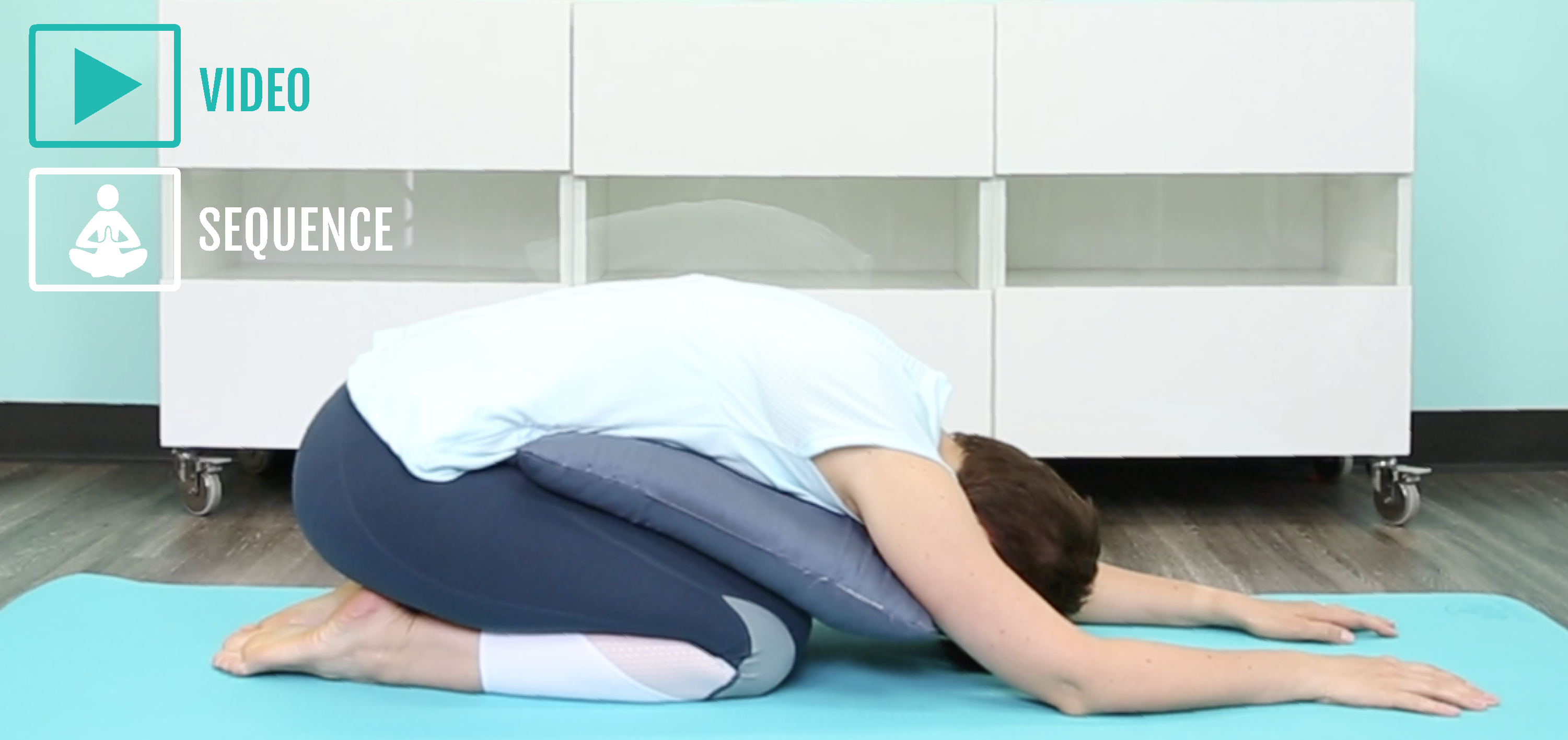
Two years into WWII, the US military realized that due to extraordinarily high levels of stress and lack of sleep, many of the combat pilots began to freeze up in flight and make potentially fatal mistakes. To counteract that, they invited Naval Ensign Bud Winter to teach combat pilots relaxation. Winter had previously been a successful football and track coach who worked with a professor of psychology to teach athletes how to perform better under the stress of competition.
“The end goal of the program was to teach the Naval aviators how to relax so that they could learn more quickly, speed up their reaction time, sharpen their focus, and diminish their fear. The course also aimed to teach combat aviators to be able to go to sleep in two minutes any time, day or night, under any and all conditions”. (1)
The premise of the program was based on an ingenious idea – if your body is fully relaxed, your mind will follow. Bud Winter focused on teaching the pilots how to completely physically relax and then “slip over the threshold into a deep, relaxed sleep”. (2) He maintained that if you can get “your mind clear of any active thoughts for just ten seconds, you will be asleep.” (2)
This premise is based on science. You may remember that when your sympathetic system (the “fight-or-flight” mode) is activated, the blood rushes to your large skeletal muscles to enable you to fight or run away. Your muscles tense up to prepare you for action. It works the other way around, too – if your muscles tense up, your brain gets a message that there is danger, and in response, your sympathetic system gets activated. This is often referred to as a “stress loop” that we can get stuck in.
To get out of the loop, we need to break it by either relaxing the body or calming the mind. It is usually easier to relax the body than to stop spinning thoughts. That is why consciously relaxing your body part by part works so well to promote mental relaxation, as well.
In the practice below, we use simple movement, deep belly breathing, and meditation to gradually let go of the regrets, worries, and problems of the day. The practice also includes guided relaxation, which is based on the script that Bud Winter used with his pilots. It is best to do this practice right before bed and then follow the guided relaxation once you get cozied up in bed. If you are not asleep by the end of the practice, keep your attention within the body and continue to relax it deeper and deeper.
Bud’s program was very successful – after 6 weeks of active training, 96% of the aviators were able to fall asleep in two minutes or less – anywhere and anytime, including during simulated noise of machine gunfire. Bud Winter later transitioned back to teaching relaxation to athletes and produced 27 Olympians.
This type of relaxation is nothing new, especially to a yoga teacher, but learning a skill like that takes commitment and consistent practice. Isn’t this kind of outcome worth it, though? Please give it a try and see how it goes!
References
- How to Fall Asleep in 2 Minutes or Less by Brett and Kate McKay
- Relax and Win by Bud Winter and Jimson Lee
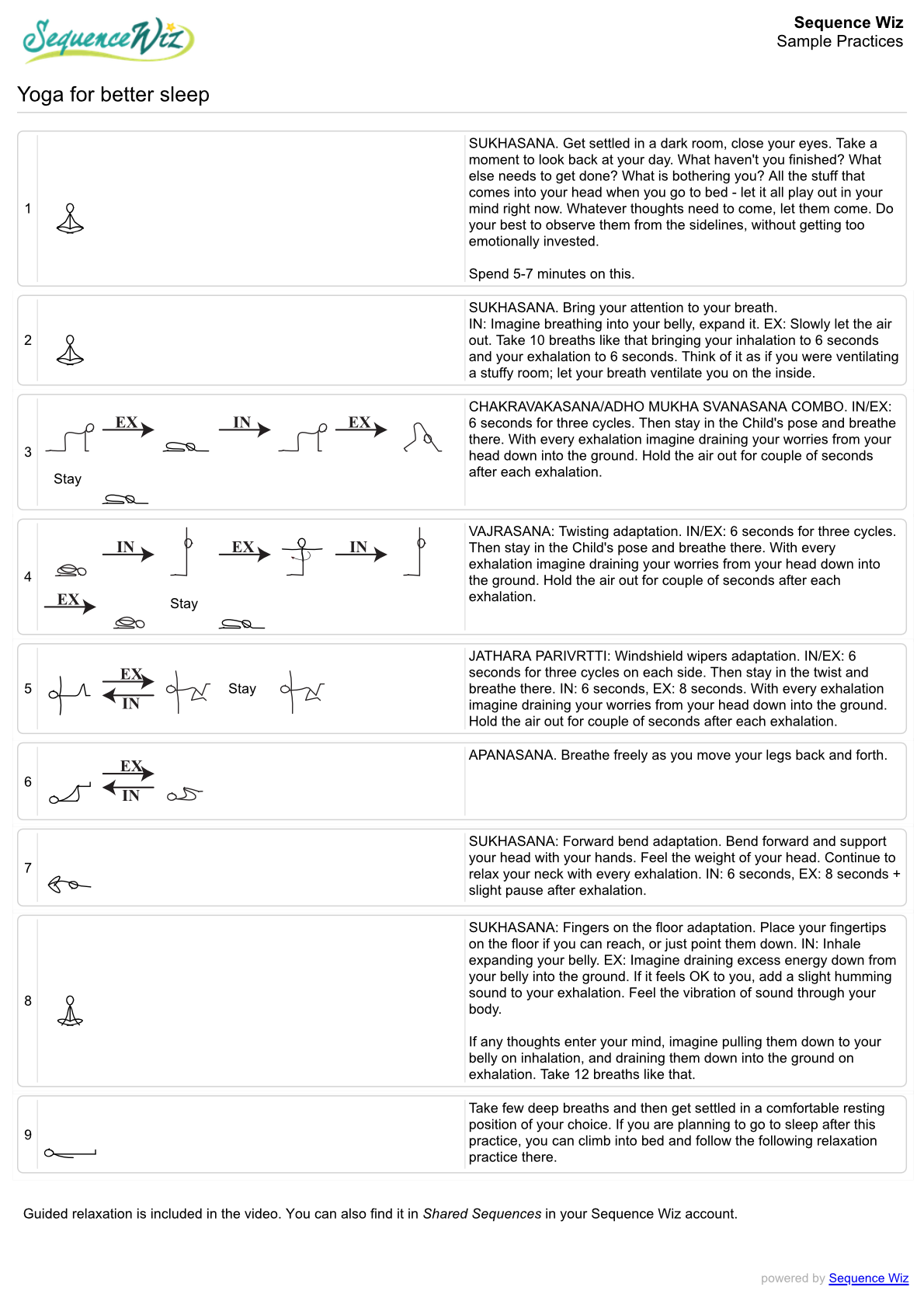
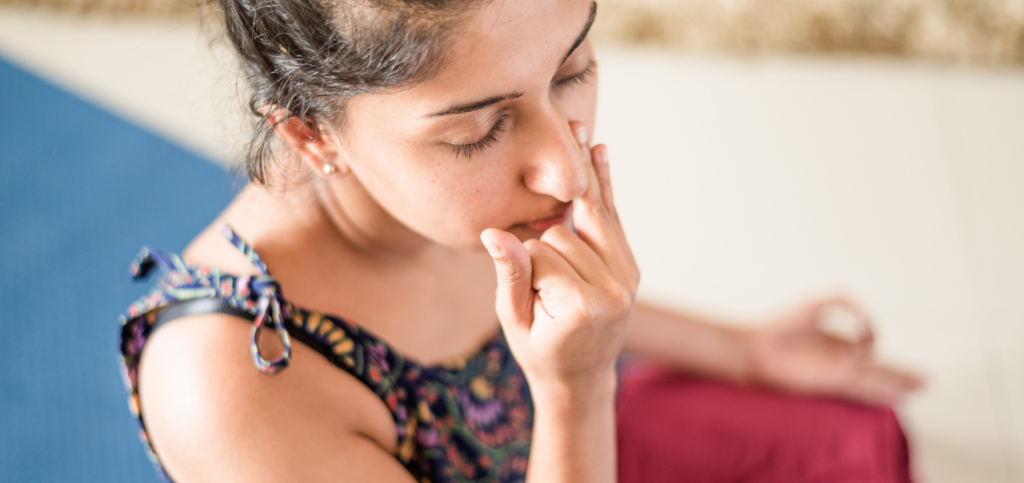
It’s a pretty well-known fact that breath regulation is the most obvious way to control our sympathetic (“fight-and-flight) and parasympathetic (“rest-and-digest”) balance, which directly impacts our stress response, sleep patterns, and energy levels.

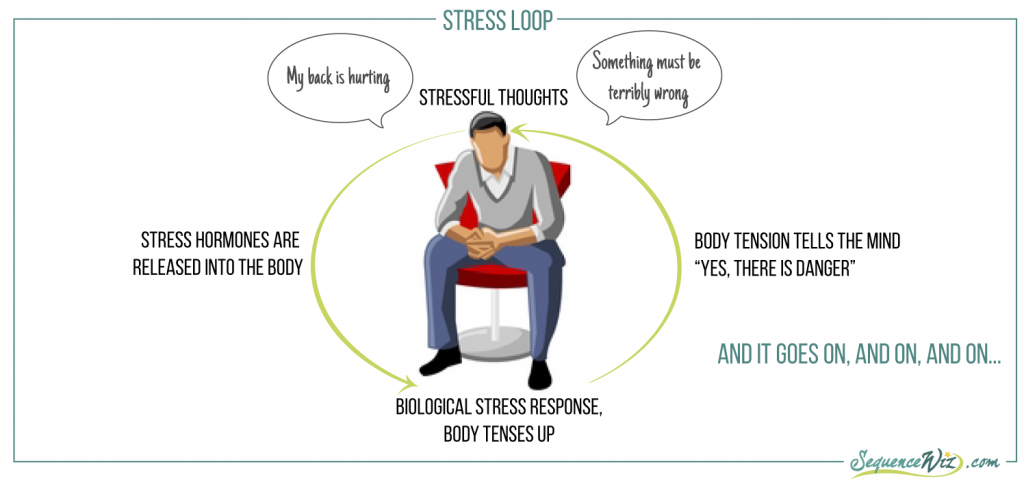

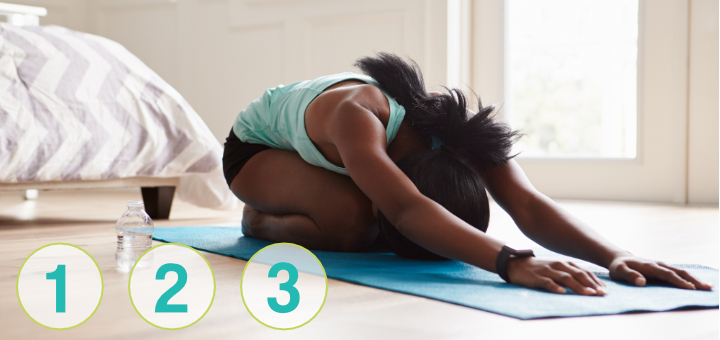

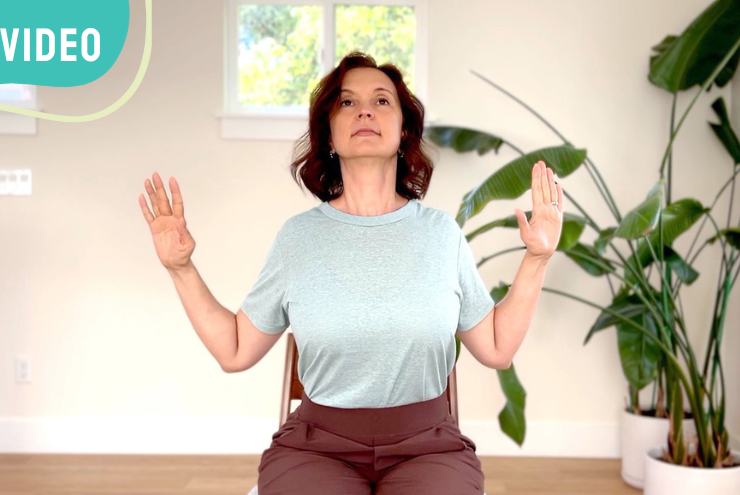
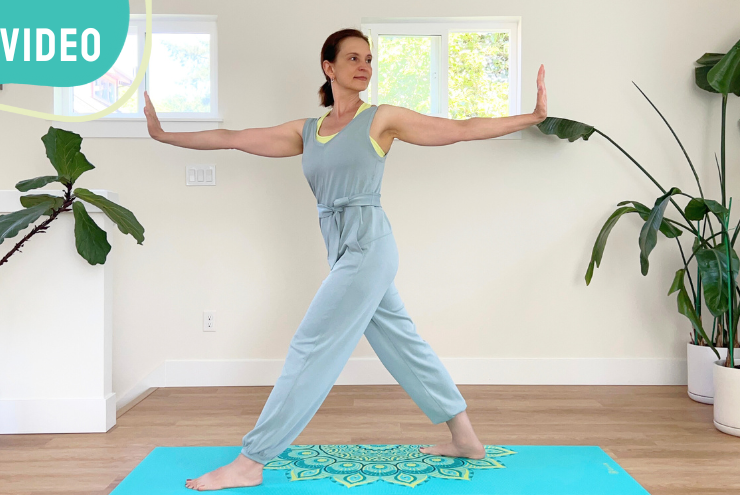
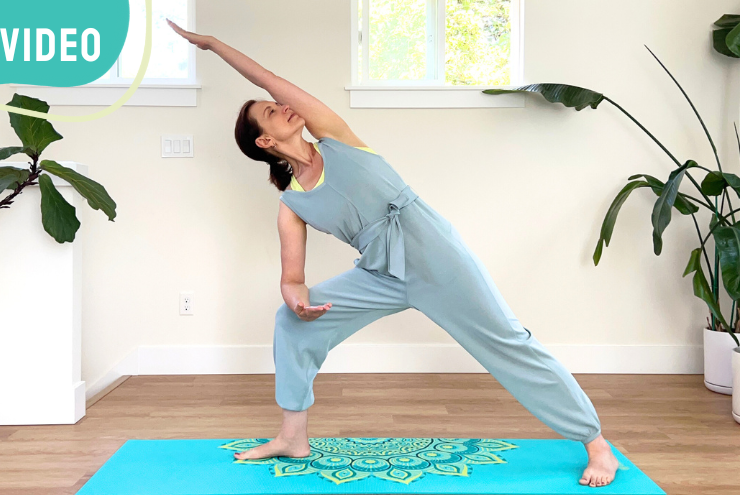



Very relaxing ? just what I needed. Thank you ?